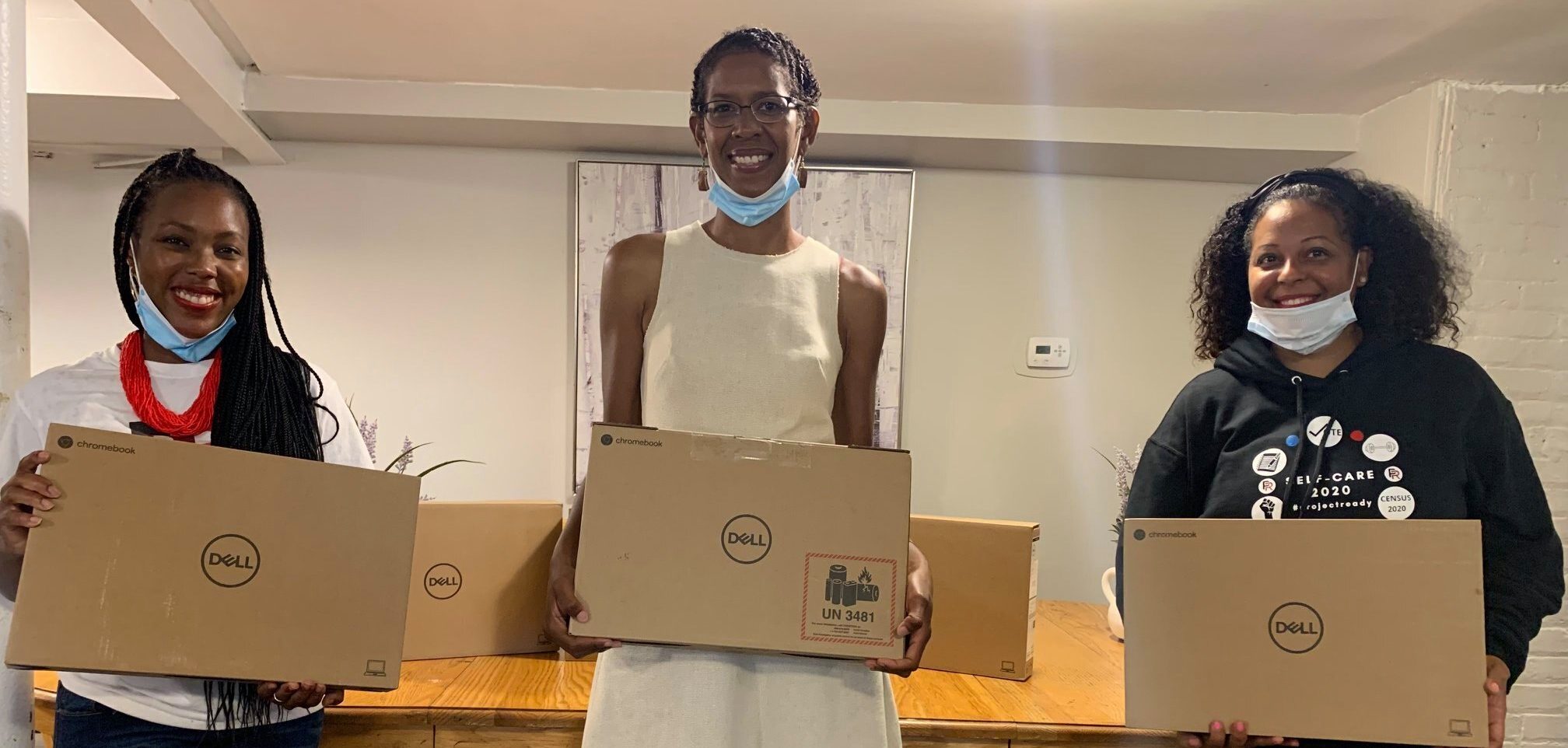Why You Don’t Need a Huge Budget for a Successful Digital Campaign
In the 2022 midterm elections, advertisers spent a record-setting $8.2 billion on TV, radio, and digital advertising. While a stunning number, it’s not that shocking: in the last few election cycles, digital political ad spending has grown significantly. For example, in 2022, political advertisers increased spending on Connected TV devices (think Roku, Amazon Fire TV, Apple TV, and more) by 1500% in just the first half of the year, and spent an estimated $1.44 billion on advertising on Meta, Google, and other social media sites.
Campaigns, advocacy groups, and fundraisers can reach almost any demographic online, and advantages in targeting have made digital platforms some of the most popular for political advertising. But if you don’t have a hefty digital ad budget, you can still achieve success.
Here are four tips to maximize your digital advertising campaign at any budget.
Be clear on your goal
There are many tactics to leverage to run a successful campaign, so make sure you know how, why, and when you plan to use digital advertising. Are you building awareness of a brand, candidate or issue? Encouraging people to take immediate action? Recruiting prospective students, teachers, or advocates? Persuading voters to vote a certain way? It’s a cliché, but having a clear goal matters so that you can maximize digital tools like audience engagement, creative, messaging, and ad inventory. Plus, most digital platforms have built-in options to help you achieve your goals (as long as you know what those are!)
Know your audience
With your clear goal in mind, the next step to a successful campaign is to determine the target audience. Who are you trying to reach? What actions do you want them to take? What messages do you want them to absorb from your ad campaign’s content? If you already have a following, you may have a leg up. Followers have signaled their interest in you, so by advertising to users who are already fans, you can be more confident that you’re reaching a qualified demographic. No matter whom you’re targeting, you’ll need to strategize how you position yourself to effectively engage them in service of your goal.
Know their social media preferences
Is your audience made up of feed scrollers, viewers, readers, or a combination? To run a great campaign at any budget, you must learn as much as possible about your audience’s digital habits and tailor your ads accordingly. Facebook’s largest user group is (somewhat surprisingly) millennials, and remains one of the most popular social media channels for advertisers and users alike. Instagram is the second best performing social media platform for marketers, according to Hubspot. But if you’re ready to use video and you’re aiming for an audience of 25-44, you should think about adding TikTok to your strategy because 47% of users say they pay “full-attention” when consuming content on the platform, which is 21% higher than other platforms.
Be patient in the learning phase
You’re allocating a campaign budget toward digital ads, and you want to know as quickly as possible if you’re spending all your money effectively. But, it’s wise to be patient during the campaign’s learning phase, which is the first 7-10 days after you launch. It’s best practice to not make frequent edits to ad copy or targeting. As your ads get up and running, try to sit back and let them learn so that you can make the right tweaks and pivots once you have more data.
The bottom line here: depending on your goal, it really doesn’t take a budget that breaks the bank to accomplish your objective. If you’re smart about setting realistic goals and getting laser focused on a specific audience, you can stretch a short budget to still have success.
By Kelly Hall



